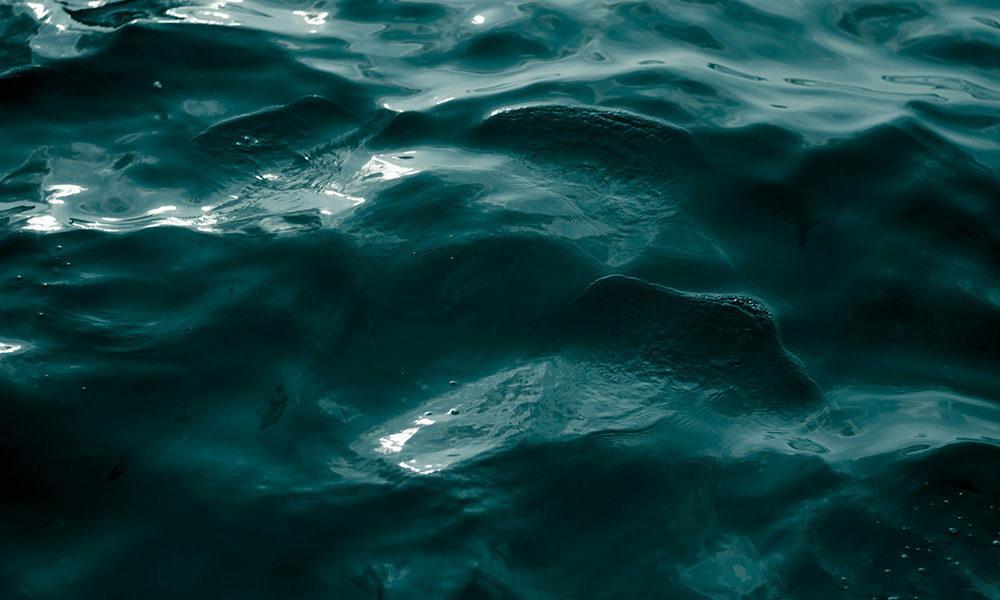How Deep Does Life Go?

🌈 Abstract
The article explores the discovery of life in the deep ocean and the implications for the existence of microbial life on other planets, particularly Mars.
🙋 Q&A
[01] How Deep Does Life Go?
1. What were some of the early beliefs about the existence of life in the deep ocean?
- Some scientists believed that life could not exist below 300 fathoms (550 meters) due to the azoic theory.
- Others thought that creatures lived in the abyss, but the cold and dark prevented them from evolving.
2. How did the Challenger expedition disprove these beliefs?
- The Challenger scientists used dredges to find abundant bacteria in the surface layers of seafloor sediments, disproving the azoic theory.
3. What were some of the early deep-sea submersibles and their achievements?
- The Bathysphere, designed by Otis Barton and used by William Beebe, reached a record depth of 923 meters in 1934.
- The Alvin, designed by Al Vine and launched in 1964, made over 5,000 dives and fostered an estimated 2,000 research publications.
[02] Black Smokers
1. What is the key concept of plate tectonics that led to the discovery of hydrothermal vents?
- Underneath the center of oceanic ridges lie chambers of molten magma, which heat the adjacent seawater, causing it to rise and flow out via hydrothermal vents.
2. How did the discovery of hydrothermal vents challenge the belief that photosynthesis was the ultimate source of energy for deep-sea life?
- The Alvin dives found abundant life at the Galápagos Rift, far below the depth at which sunlight can penetrate, suggesting that an unrecognized process within the vents, not photosynthesis, was providing the energy to sustain the vent ecosystem.
3. What is chemosynthesis, and how does it provide energy for deep-sea organisms?
- Chemosynthesis is the process in which bacteria oxidize inorganic materials, primarily hydrogen sulfide, in chemical reactions that provide the energy to sustain higher life forms.
[03] Thomas Gold
1. What was Thomas Gold's thesis regarding the extent of subsurface microbial life?
- Gold proposed that subsurface microbial life could be comparable in mass and volume to all life on the surface, and that it could be pervasive everywhere beneath Earth's surface, as well as on other bodies in the solar system.
2. How did Gold's ideas challenge the prevailing views on the limits of life?
- Gold's ideas challenged the belief that the temperature limit for bacterial life was around 80 degrees Celsius, as he predicted the upper temperature limit would be in the range of 120 to 150 degrees Celsius.
[04] Drilling the Abyss
1. What were some of the early findings from deep-sea drilling projects regarding subsurface microbial life?
- The Deep Sea Drilling Project found methane, a byproduct of microbial activity, in seafloor sediments 800 meters deep and tens of millions of years old.
- Later expeditions found living bacterial cells up to 1,626 meters below the seafloor, in rocks 111 million years old, at temperatures of 113 degrees Celsius.
2. What were the key findings from the Integrated Ocean Discovery Program's expedition to the South Pacific Gyre?
- The expedition found microbes all the way to the bottom of the 100-meter cores, even though the South Pacific Gyre has one of the lowest sedimentation rates and cell concentrations in the oceans.
- The scientists estimated that the deepest microbes were at least 100 million years old, and when brought back to the lab, they began to grow and multiply, raising questions about their energy source.
3. What were the findings from the expedition to the Nankai Trough subduction zone off Japan?
- The expedition found microbial life all the way to the bottom of the sediment column, at a depth of 1,177 meters where the temperature was 120 degrees Celsius, confirming Gold's prediction of a higher temperature limit for bacterial life.
[05] Martians
1. How did the findings from Earth's subsurface microbial life raise the possibility of life on other planets, particularly Mars?
- The discovery of microbial life thriving in extreme conditions on Earth, such as high temperatures and radiation, suggested that similar life could exist on Mars, despite its inhospitable surface conditions.
- Experiments showed that the bacterium Deinococcus radiodurans could survive Martian levels of radiation for 280 million years if buried 9 meters underground.
2. How might the discovery of subsurface microbial life on Mars change our perspective on the origins of life in the solar system?
- If evidence of microbial subsurface life is found on Mars, it may have been the first lifeform in the solar system, where it could have evolved into photosynthetic life and eventually, us.
- The discovery of subsurface bacterial life on both Earth and Mars could suggest that such life may be widespread on other planets as well.